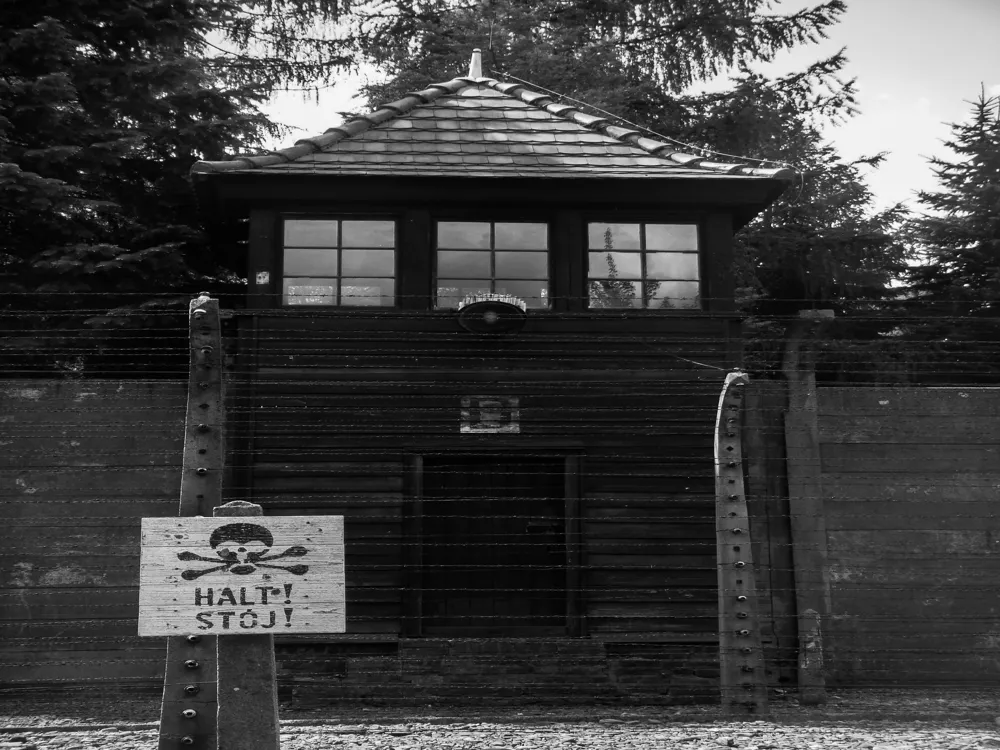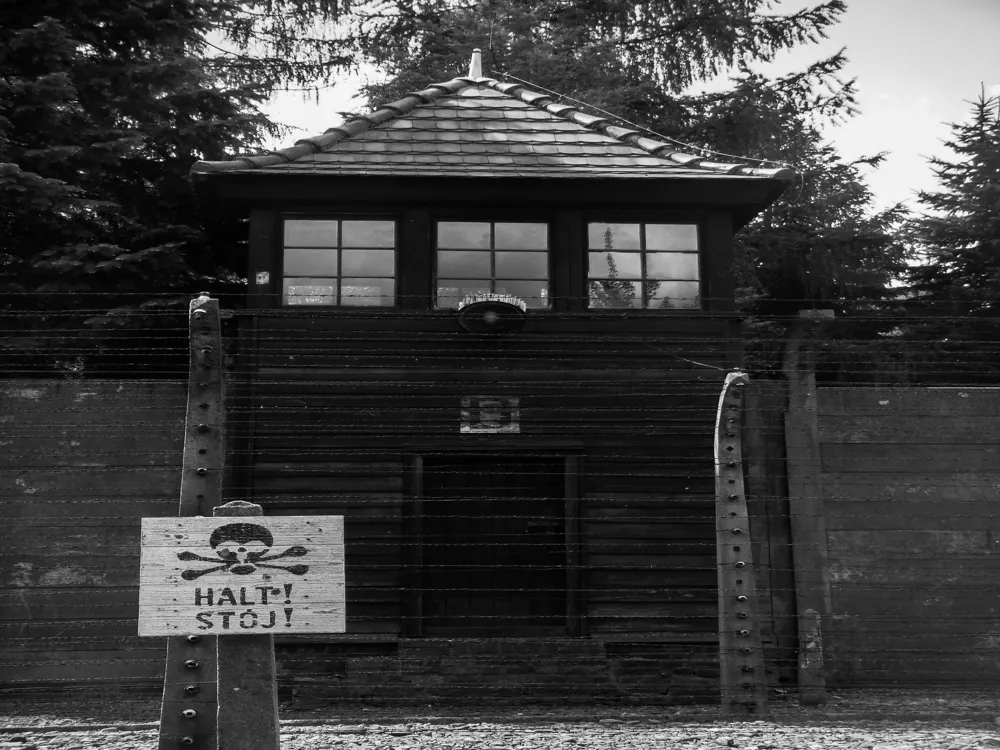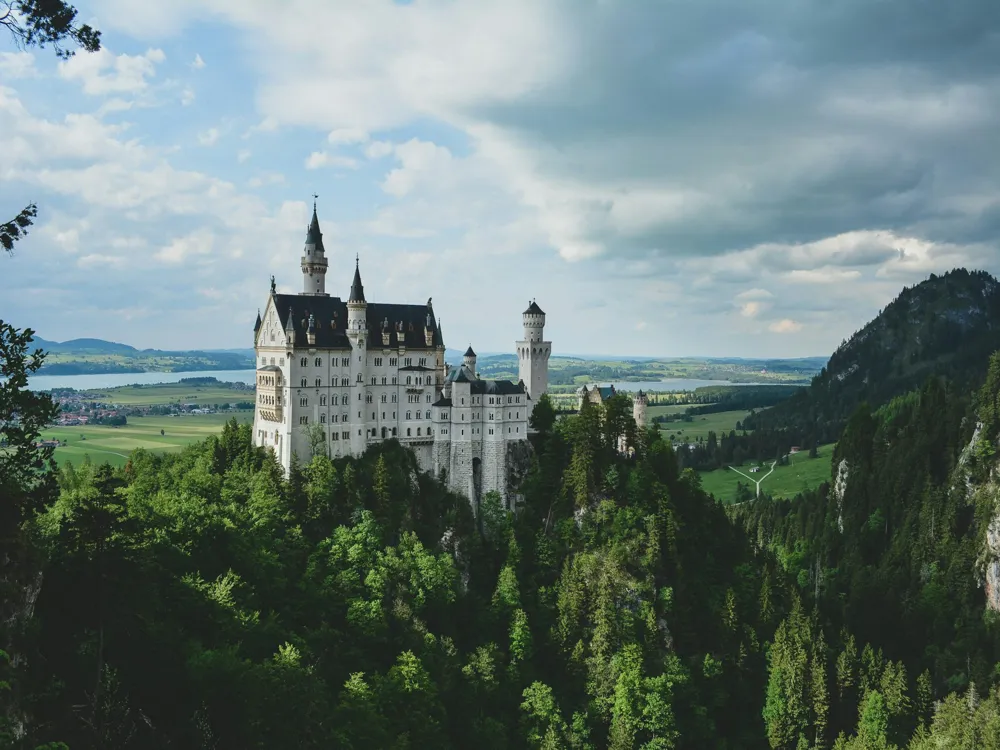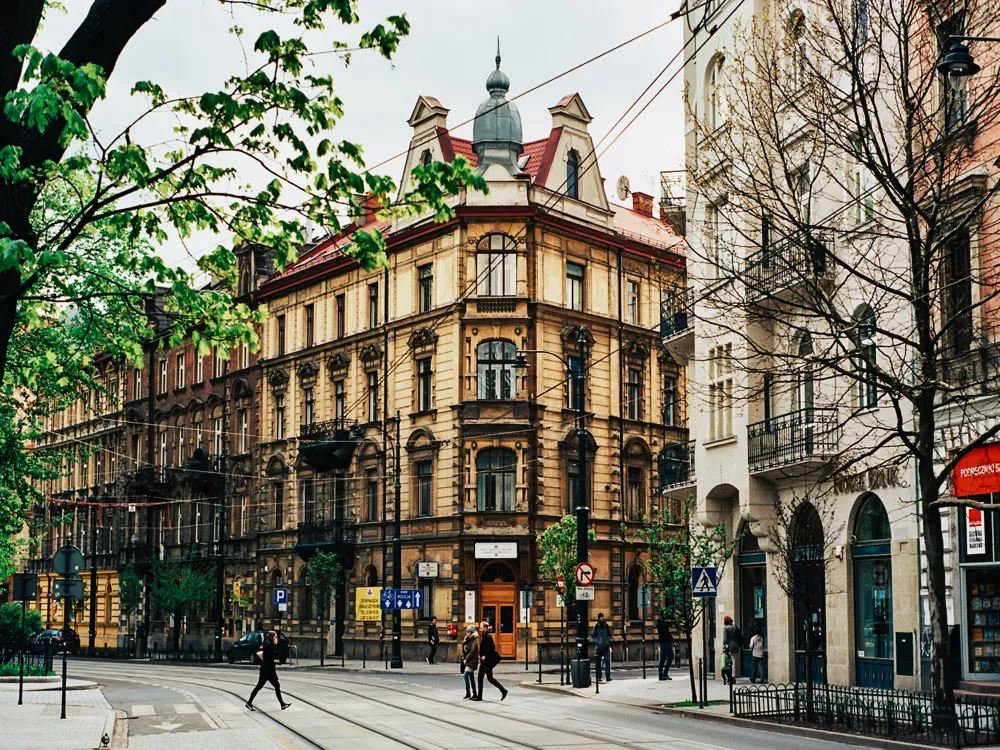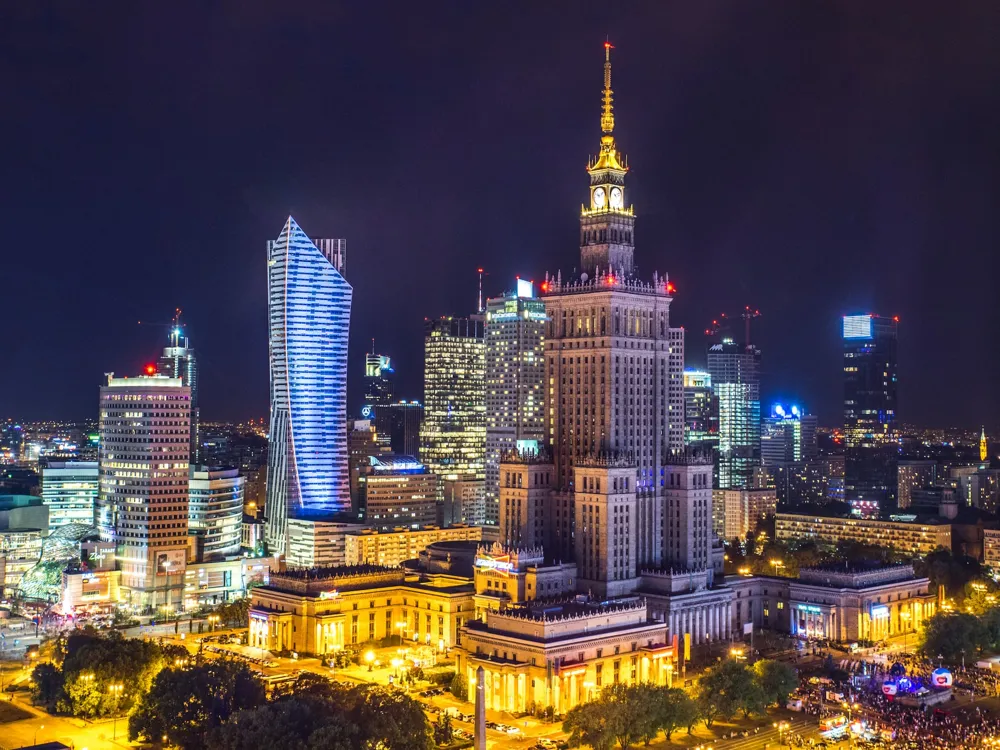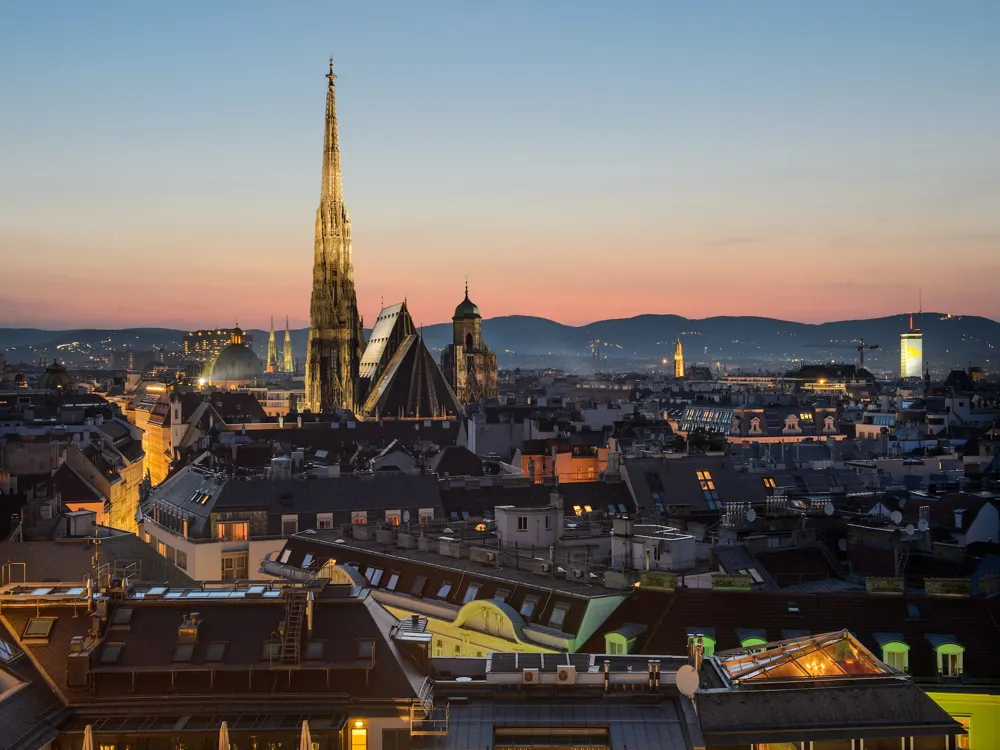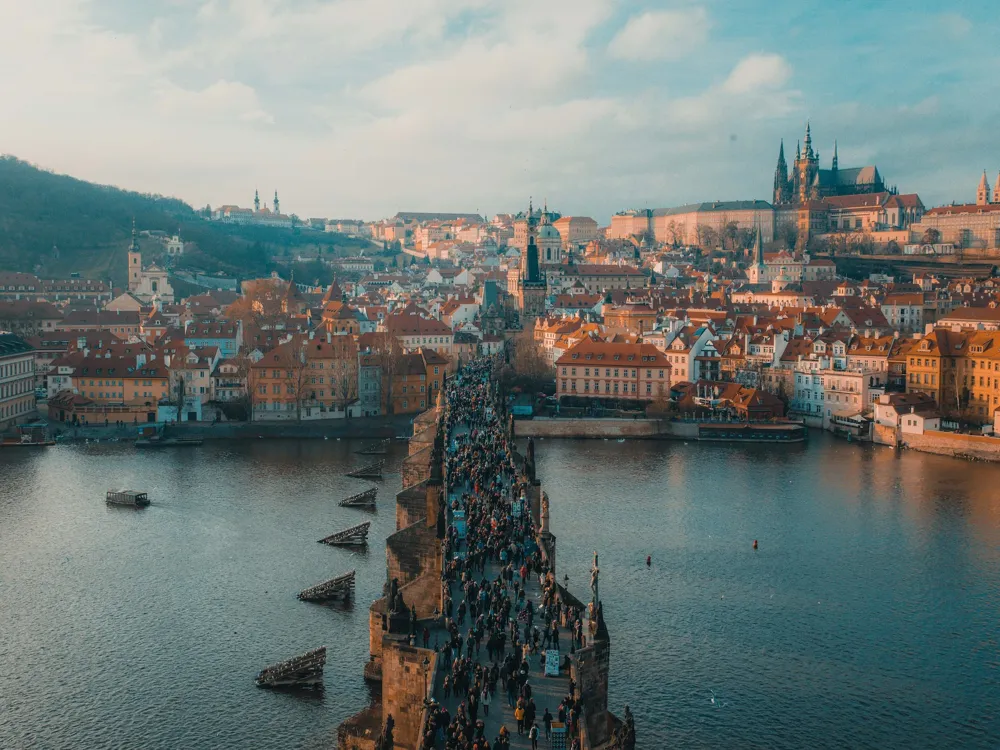Auschwitz Birkenau, originally established as a concentration and extermination camp during World War II, stands as a stark reminder of the atrocities committed by the Nazi regime. Located in Oswiecim, Poland, it has become a symbol of the Holocaust, where millions of people, primarily Jews, were systematically murdered. This overview aims to provide a comprehensive understanding of the historical significance, the scale of the tragedy, and the enduring lessons of Auschwitz Birkenau. The inception of Auschwitz Birkenau dates back to 1940, when Heinrich Himmler, a leading member of the Nazi party, ordered the establishment of a concentration camp. Initially, the camp was intended to detain Polish political prisoners. However, with the progression of World War II and the implementation of the Final Solution, Auschwitz Birkenau evolved into a major site of the Nazi's extermination efforts, culminating in the genocide of six million Jews and millions of other victims. Auschwitz Birkenau consisted of several sub-camps, with Auschwitz I serving as the administrative center. Auschwitz II, also known as Birkenau, was the largest and primarily functioned as an extermination camp. Auschwitz III, or Monowitz, operated as a labor camp. The complex also included several satellite camps dedicated to forced labor and other brutal activities. Life in Auschwitz Birkenau was marked by unimaginable suffering. Prisoners were subjected to inhumane conditions, including overcrowding, starvation, forced labor, and rampant disease. The camp also housed gas chambers and crematoria used for mass murder, a process that was industrialized with chilling efficiency. The liberation of Auschwitz Birkenau by Soviet troops in January 1945 revealed the extent of the horrors committed there. The camp has since been preserved as a memorial and museum, serving as a testament to the victims and a warning against the dangers of hatred, bigotry, and war. A key aspect of understanding Auschwitz Birkenau is remembering the victims. The camp stands as a memorial to the millions who lost their lives and a tribute to their humanity, which the Nazi regime sought to obliterate. The Auschwitz Birkenau State Museum plays a crucial role in educating the public about the Holocaust. Through its preservation of the site, archival collections, and educational programs, the museum fosters an understanding of the events and their implications for current and future generations. The architecture of Auschwitz Birkenau, while initially designed for military barracks, was repurposed to become one of the most notorious extermination camps in history. This section delves into the architectural aspects of the camp, highlighting how its design facilitated the Nazi regime's genocidal activities. The initial construction of Auschwitz I was based on pre-existing Polish army barracks. The structures were adapted to meet the camp's requirements, with modifications that reflected the brutal intentions of its creators. Auschwitz II-Birkenau was purpose-built to expedite the mass murder process, with gas chambers and crematoria as central features. The barracks at Auschwitz Birkenau were designed for maximum occupancy with minimal regard for human life. Prisoners were housed in overcrowded and unsanitary conditions, contributing to the high death rate due to disease and starvation. The gas chambers and crematoria were the most sinister aspects of the camp's architecture. Disguised as showers, the gas chambers were used to kill large numbers of people efficiently. The adjacent crematoria disposed of the bodies, erasing evidence of the crimes. The camp was designed for strict surveillance and control. Guard towers, barbed wire fences, and other security measures ensured that escape was nearly impossible, further dehumanizing the inmates and maintaining the camp's lethal efficiency. The architecture of Auschwitz Birkenau symbolizes the industrialization of death and the extent of human cruelty. Its design serves as a physical manifestation of the Nazi ideology and its catastrophic impact on humanity. Preservation efforts at Auschwitz Birkenau focus on maintaining the authenticity of the site. These efforts ensure that future generations can witness the physical evidence of the Holocaust and reflect on its profound historical significance. It is important to plan your visit to Auschwitz Birkenau carefully. Consider the emotional impact of the site, check for opening hours and tour availability, and be prepared for a solemn and reflective experience. Visitors should maintain a respectful demeanor throughout their visit. This includes dressing appropriately, speaking softly, and refraining from disruptive behavior. Remember, this is a site of immense suffering and tragedy. Engage with educational resources before and during your visit. This can include reading books, watching documentaries, or participating in guided tours to gain a deeper understanding of the site's history and significance. Auschwitz Birkenau is located near the town of Oswiecim in southern Poland. It is accessible by various means of transportation, including car, train, and bus. Visitors can also opt for organized tours that include transportation to and from the site. Driving to Auschwitz Birkenau from major Polish cities like Krakow or Warsaw is a feasible option. The journey from Krakow takes about an hour and a half, with clear signage leading to the site. Public transport, including trains and buses, regularly services Oswiecim. Visitors can take a train or bus to Oswiecim and then a local bus or taxi to the museum. Organized tours, often departing from Krakow or Warsaw, offer a convenient way to visit Auschwitz Birkenau. These tours typically include transportation, entrance fees, and guided tours of the site. When choosing your mode of transportation, consider factors like comfort, cost, and convenience. Also, be mindful of the museum's opening hours and plan your journey accordingly. READ MORE:-Overview of Auschwitz Birkenau
Historical Context
The Camp Complex
Life in the Camp
Liberation and Legacy
Remembering the Victims
Educational Impact
Architecture of Auschwitz Birkenau
Design and Construction
The Barracks
The Gas Chambers and Crematoria
Security and Surveillance
Symbolism in Architecture
Preservation Efforts
Tips When Visiting Auschwitz Birkenau
Planning Your Visit
Respectful Conduct
Educational Resources
How To Reach Auschwitz Birkenau
By Car
By Public Transport
Organized Tours
Tips for Transportation
Auschwtiz Birnkenau
Auschwitz
NaN onwards
View auschwitz Packages
Weather :
Tags : Sightseeing
Timings : Hours: Sun - Sat 08:00 - 19:00
Planning a Trip? Ask Your Question
Auschwitz Travel Packages
View All Packages For Auschwitz
Top Hotel Collections for Auschwitz

Private Pool

Luxury Hotels

5-Star Hotels

Pet Friendly
Top Hotels Near Auschwitz
Other Top Ranking Places In Auschwitz
View All Places To Visit In auschwitz
View auschwitz Packages
Weather :
Tags : Sightseeing
Timings : Hours: Sun - Sat 08:00 - 19:00
Planning a Trip? Ask Your Question
Auschwitz Travel Packages
View All Packages For Auschwitz
Top Hotel Collections for Auschwitz

Private Pool

Luxury Hotels

5-Star Hotels

Pet Friendly







